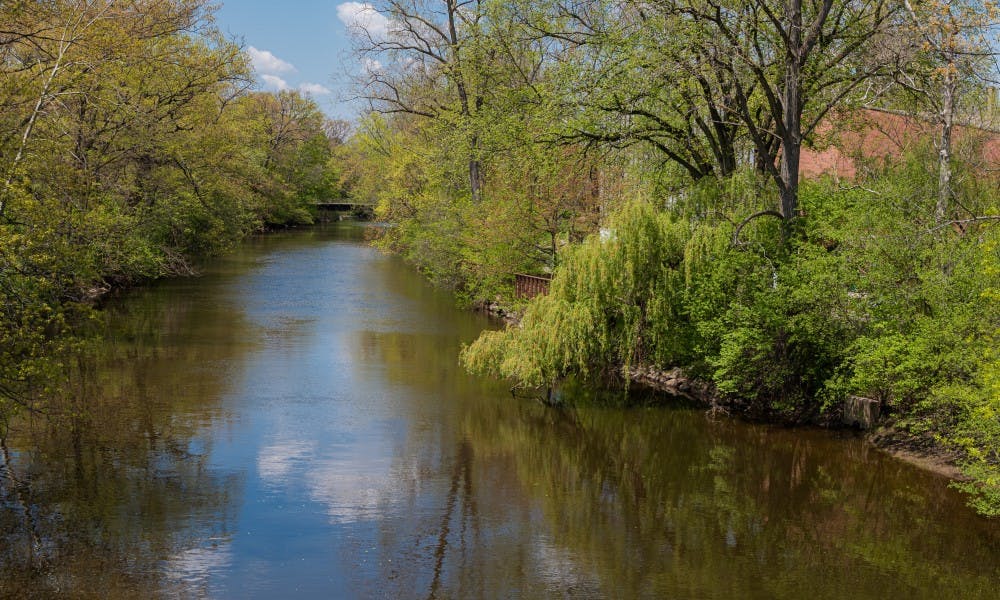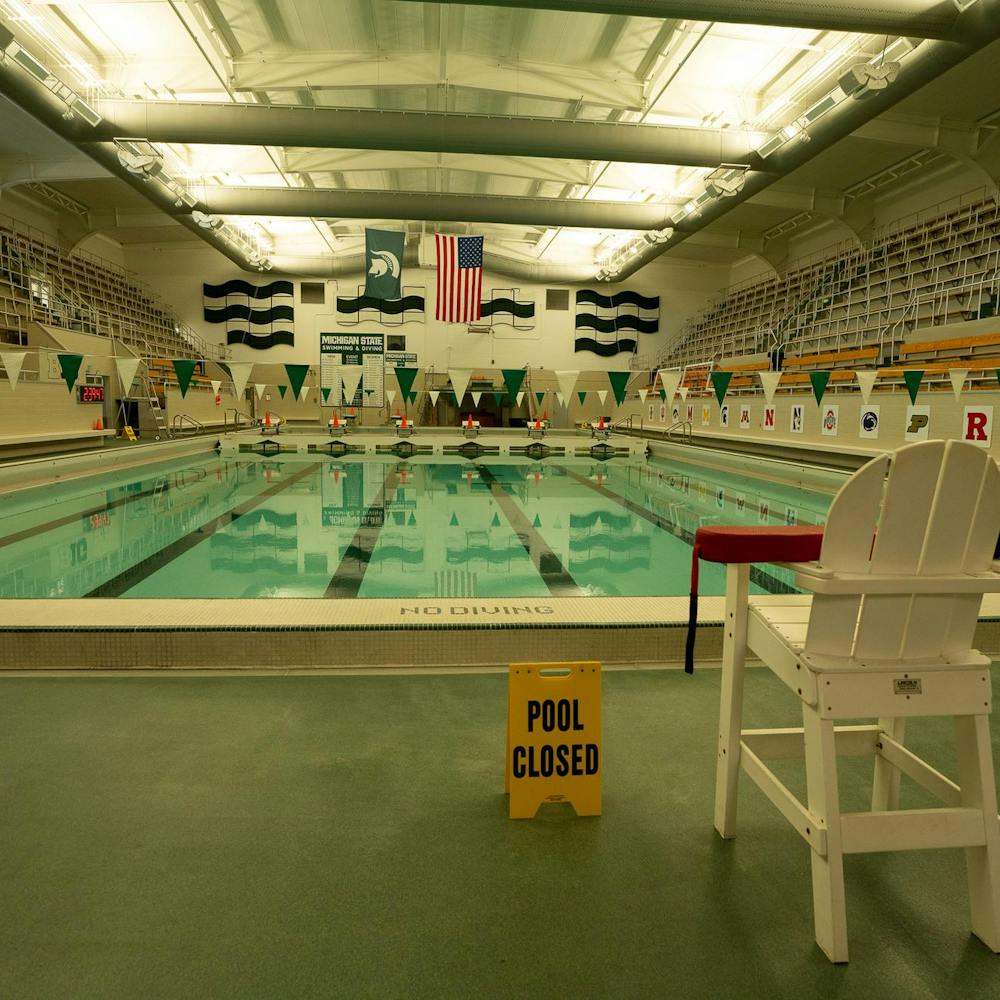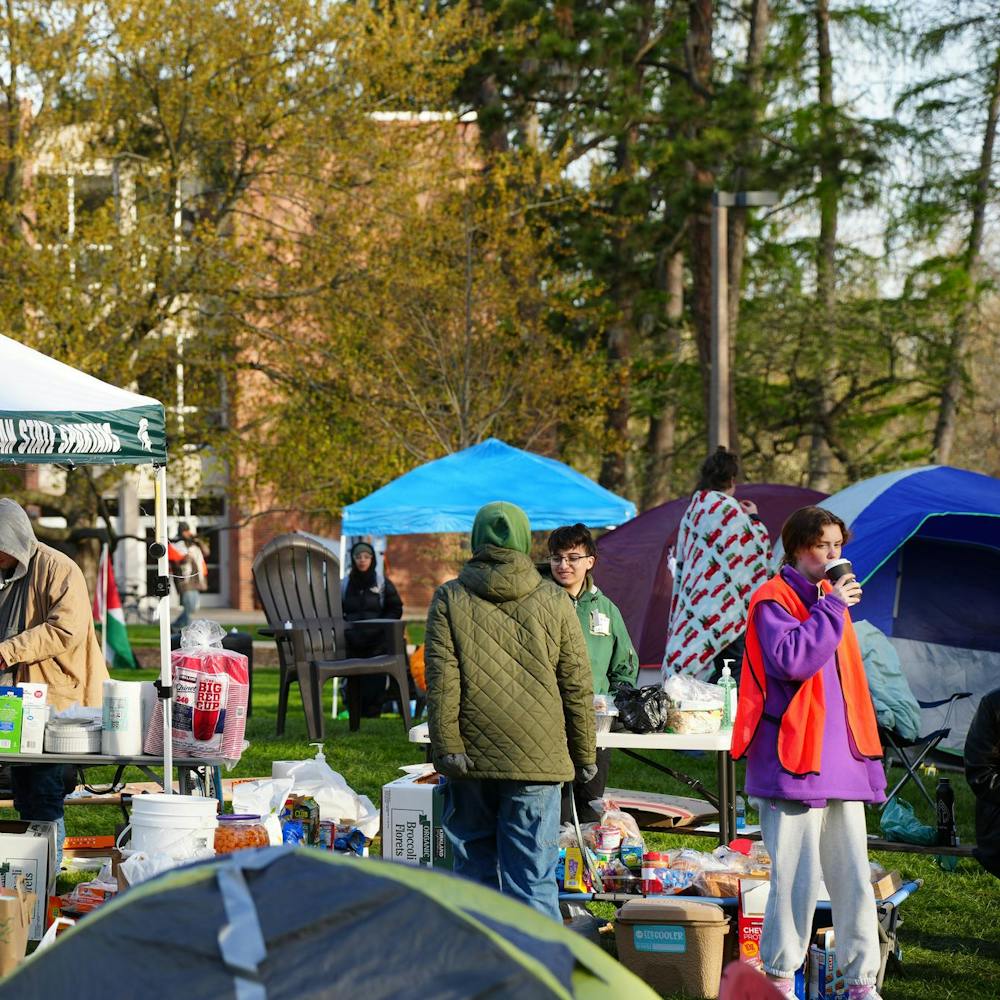W.J. Beal Botanical Gardens is implementing a restoration initiative to help ensure the longevity of Michigan State University's heart— the Red Cedar River.
Evaluation of the riverbank began in 2018, and since then, the staff at W.J. Beal have been taking steps to cultivate the growth of native plant life along the Red Cedar and in the Natural Areas on campus.
Interim Director of the W.J. Beal Botanical Garden Dr. Alan Prather said that while the Red Cedar is, in a way, the “life tree” of campus, that doesn’t mean it’s free of issues.
“Like so many urban rivers, it has a lot of challenges,” Prather said. “Things like erosion, things like invasive species, things like development or agriculture right up to the riverbank. Those are all challenges for a healthy river.”
Prather said facing up to these issues is an opportunity for the garden to connect with the community.
East Lansing resident Chloe Yanacheak said the restoration was important because it helps community members find their place at MSU again.
“In this instance, invasives have taken over,” Yanacheak said. “So I imagine, for a lot of people, that it's healing to have things coming back to how they're supposed to be or to where it was before it got messed up.”
Carolyn Miller, the garden's Plant Recorder, said it hurts to see the riverbank covered with so many invasive species.
“I can go down the river, and it's just riddled with honeysuckle and buckthorn,” Miller said. “It breaks my heart because when I was a student, I didn't really see that.”
Miller said collaboration with the MSU community is crucial to restoring the Red Cedar to its former glory and perhaps even taking restoration beyond the local area.
“I'm going to help those future conservation students,” Miller said. “I'm giving them a sense that this is what we can do, and you can take this wherever you go when you leave campus.”
Recently, in celebration of the garden's 150th anniversary, Miller assisted community members in planting 150 native plant plugs or small seedlings. These plugs had stronger and larger root structures that helped reinforce the riverbank and cultivate a proper ecosystem for animals, Miller said.
“I had my little table set up, and I would walk with the people and dig a hole,” Miller said. “...Then we would plant the sedges, and we put in columbine, which is a beautiful spring ephemeral that pollinators do like, but so do the hummingbirds.”
In addition to emphasizing the importance of doing research, Miller said she also encourages community members to get out there and consider their area and its needs.
“You have to do your homework first,” Miller said. “Figure out what habitat I am working with, then research that information.”
Miller said she and her students used the Michigan Natural Features Inventory, or MNFI, as a resource and recommended it for local habitat research. Considering ecosystems at an individual level is key and encourages anyone to take action, she said.
“Take out your turf grass and put in native plants,” Miller said. “Even if it's just a little bit. It makes a big difference.”
Prather said that through showcasing these habits, he hopes to foster a culture of restoration with the project.
“We hope people will come and see what we're doing and then take it out into the world and help improve, you know, the rest of the world,” Prather said. “I think of it as kind of an activation process.”
Support student media!
Please consider donating to The State News and help fund the future of journalism.
Discussion
Share and discuss “Building from the ground up: Beal Botanical Gardens aim to restore native plant life along Red Cedar River” on social media.







